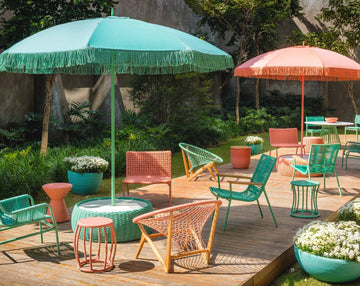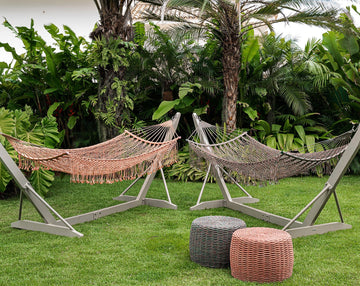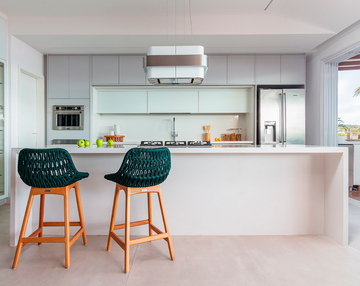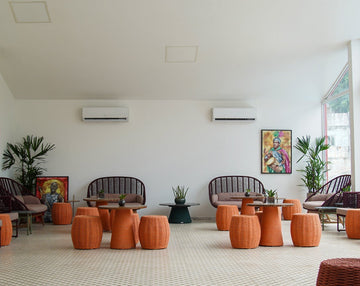How Garden Umbrellas Elevate Landscaping and Outdoor Décor
In outdoor design, umbrellas — also known as parasols or shade structures — go far beyond their practical function of sun protection.
When thoughtfully selected and integrated into landscaping, they become true decorative features that add beauty, comfort, and definition to open-air living spaces.
Creating Comfortable Gathering Areas
Umbrellas provide localized shade, transforming outdoor areas into inviting settings for relaxation, dining, or reading.
In professional projects, a large parasol often serves as a focal point — such as over a poolside deck — creating an “outdoor living room” that expands the home’s social area.
Proportion, Scale, and Visual Harmony
The balance between the umbrella, furniture, and surrounding greenery is essential for visual harmony.
A large umbrella can act as a structural element, especially in gardens with elegant furniture like armchairs or benches. Its presence helps bridge the design of the furniture with the natural landscape.

Defining Outdoor Areas
In contemporary landscaping, the definition of areas is key to creating distinct atmospheres — leisure, relaxation, socializing, or even outdoor workspaces.
The umbrella serves as a visual marker that defines these zones without closing them off, maintaining fluidity between greenery and furniture.
Aesthetic and Scenic Effects
Umbrellas also have an aesthetic and atmospheric role. Their structures cast dynamic shadows, especially when paired with vegetation or reflected on the ground.
Soft or directed lighting — under or around umbrellas — enhances natural textures and furnishings, creating a warm, sophisticated mood.

Thermal Comfort and Sensory Experience
Beyond beauty, umbrellas bring thermal comfort, reducing heat and making outdoor living more enjoyable.
Shade protects against direct sunlight and heightens the sensory experience: the cool breeze, the sound of birds, and the dappled light over furniture all contribute to a relaxing, nature-connected atmosphere.
Blending with Plants and Lighting
Ideally, umbrellas should complement surrounding vegetation — such as flowering vines climbing pergolas or partial-shade plants nearby.
This integration enriches the landscape. Lighting, particularly warm or indirect, extends the space’s usability into the evening while highlighting key design features.
Practical Tips for Your Project

- Material selection: high-performance fabrics combine color, comfort, and weather resistance.
- Strategic placement: central umbrellas for social areas; side models for reading or relaxation corners.
- Complementary lighting: soft, focused light enhances both the umbrella and surrounding furniture.
- Color harmony: choose fabrics that complement nearby plants, furniture, and decorative elements.
- Local context: in tropical or sunny regions, umbrellas are essential; in milder climates, they add comfort and spatial definition with subtle elegance.
Why Choose Umbrellas — and Tidelli

Incorporating umbrellas into landscaping creates beautiful, comfortable, and well-defined outdoor environments that enhance every corner of the space. This is where Tidelli stands out: with decades of expertise, handcrafted furniture, and a blend of durability, sophistication, and sustainability.
Tidelli’s wide range of collections integrates perfectly with umbrellas, composing spaces that dialogue elegantly with their surroundings. Using materials such as nautical rope, high-performance aluminum, wood, and premium fabrics, the brand ensures furniture that lasts — preserving color, comfort, and charm even under outdoor conditions.
Choosing Tidelli means investing in furniture that enriches any landscape — residential, corporate, or commercial — creating unique, inviting, and visually striking outdoor experiences. Click here.









